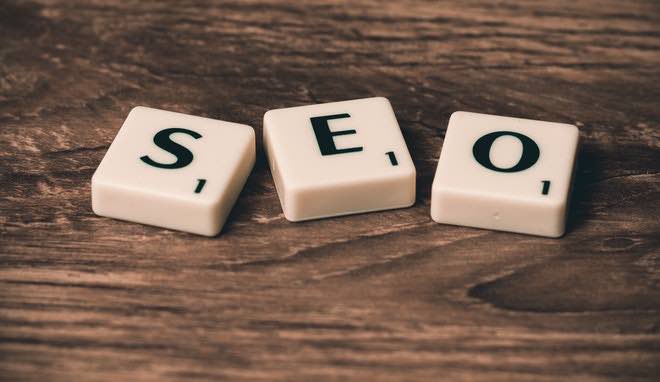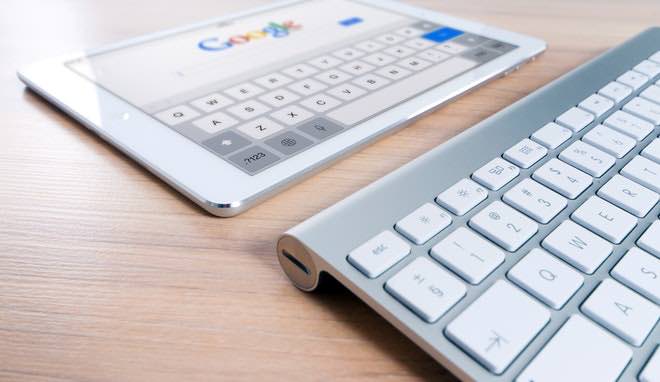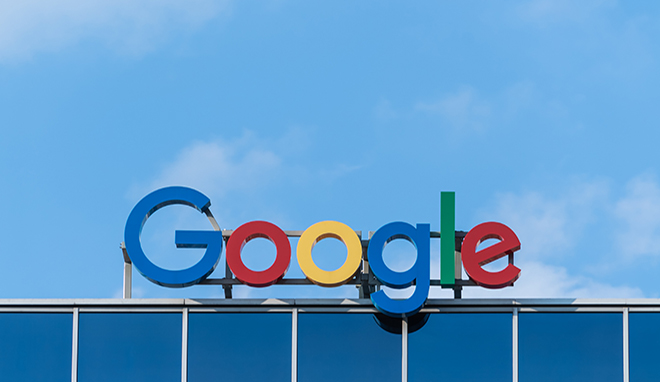

Anthony likes helping people reach their true potential. Being the victim of his own fears and insecurities in his own business, he has decided to help others create more opportunities.
SEO (Search Engine Optimisation) is not just about words. Images are powerful tools to attract potential customers. Not only do they bring life to your posts, but they can also rank your pages better than your competitors’ on Google. This article will show you the best practices make your images rank better on search engines. There are several factors that can make a huge difference.
The impact of images on your website
Many people worry about the best keywords to optimise traffic. The problem is that you can bet your competition is doing that too. Keywords are the “elementary, my Dear Watson” part of your SEO. This is why a great article can have all the right keywords and still not make the first page of Google. In order to stand out, images must help your text.
The websites that do make a difference pay as much attention to their pictures as to their texts. People have a very short attention span. In addition, they are bombarded with new information on an hourly basis. Too much text without any picture makes them press the back button faster than a rapper can come up with a rhyme. With the right images, however, you can spark their interest. More importantly, pictures can attract customers directly from a search engine via image search. If you set it up properly, you can gain a few spots without even altering your text.
Choosing the best images
The best images are the ones you or your customers take. Nothing is more authentic. Also, you won’t get into trouble for using copyrighted material. Google likes light images though. If they take too long to load, your website will be penalised. That means dimensions matter, but so does image quality. The image should be minimally pixelated.
Since most people are going to see the image from a smartphone, the right dimensions are those that make the process seamless. As a general rule of thumb, height should not exceed 400 px, and width should not exceed 700. To reduce the weight of the image, you have several options. From a mac, you can export the picture in a JPEG format and reduce the weight to around 30kb. From a PC, you can use a file compressor.
Now of course, what matters most is the relevance of your image. Pictures can resonate with your audience in a way that text won’t. This is why the pictures you or a hired person takes of your restaurant will work better than anything you dig out on the web. People love looking at photos of food. You can even encourage people to take pictures of their plate and share them with a hashtag. Another idea is to run a contest for the best picture of your dishes. The winner gets featured in next month’s blog post and gets 40 percent on the next bill. This alone should provide you with ready-to-use images for blog posts.
Adding text that boosts the SEO of your image
The video below gives you a quick tour on the best practices to optimise your SEO.
In order for an image to rank high on Google, it should have the keywords you want to rank in the title. What a lot of people forget is the Alt text, which is almost as important as the title. In the î, your keywords should be entered with a hyphen instead a space. Captions can also help you fit in the keywords you want. A lot of people who don’t read a single line of your blog post will look at your pictures and read the captions.
For restaurants, your location should be part of your main keywords. When people look for a restaurant nearby, they often enter the name of the location first. That means you will only have your closest neighbours as competitors on google, which is good news.
Ultimately, you want to look at how your typical customer behaves. If he or she looks up a place on Google, what words are they likely to use and why? This is the type of questions that can help you choose the best titles for your pictures.
Wrap-up
They key is to make sure the image is relevant to your text. The next step is to use the right format, and endow the picture with the right keywords. Most important of all, Google rewards websites with exciting content renewed regularly. Images are more than the icing on the cake. They are one of the main ingredients. Nothing is more painful to read than an article with the same keywords repeated over and over. Images help you fit in the keywords without having to repeat them as much in your main text.







Comments